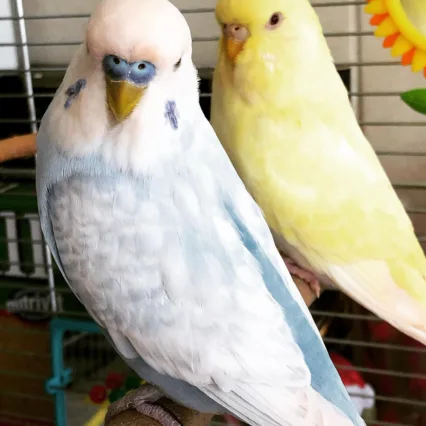- May 26, 2024
Red Cockatoo Bird: 10 Fascinating Facts
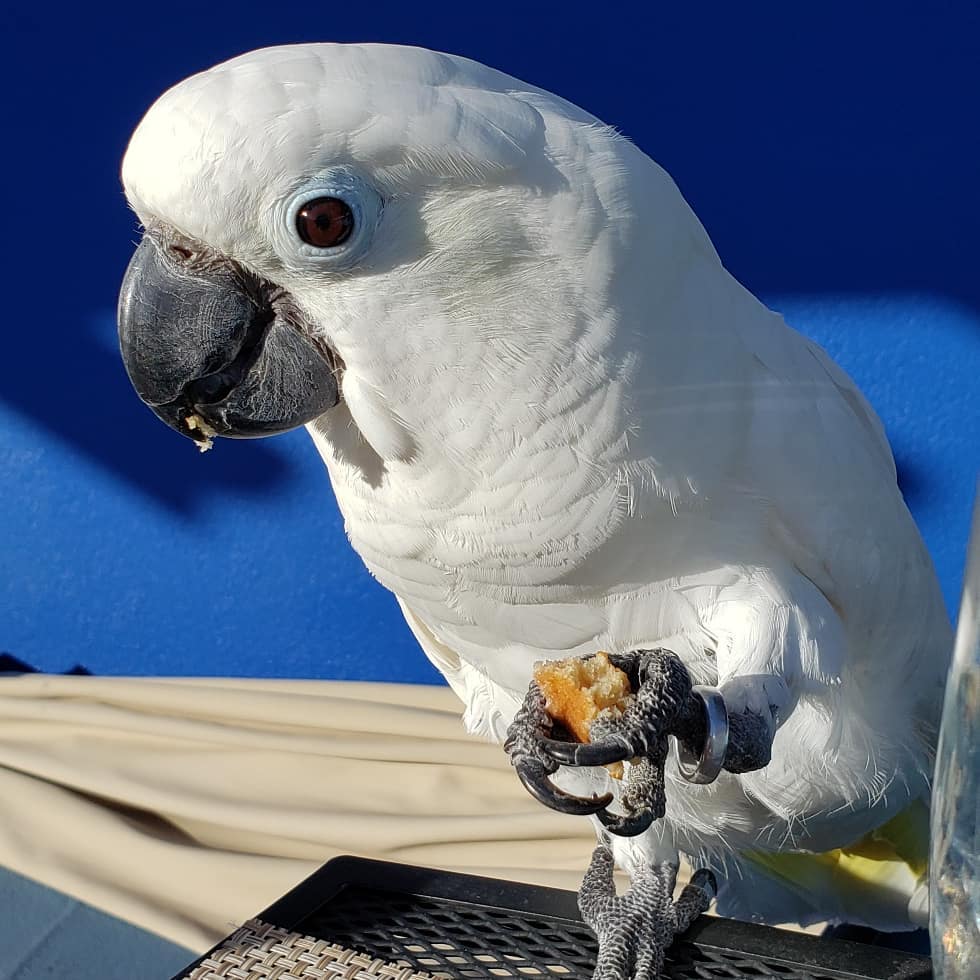
Discover the captivating world of the red cockatoo bird, scarlet macaw, parrots, and other tropical birds with our insightful listicle. From its vibrant plumage to unique behaviors, we delve into what makes this species truly remarkable. Learn about their habitat, diet, and intriguing mating rituals. Explore fun facts and tips for spotting these majestic parrots with stunning plumage in the wild. Ready to dive into the enchanting realm of the red cockatoo bird and its many species? Scroll down for reviews of our top picks and uncover more fascinating details!
-
Sale Product on sale
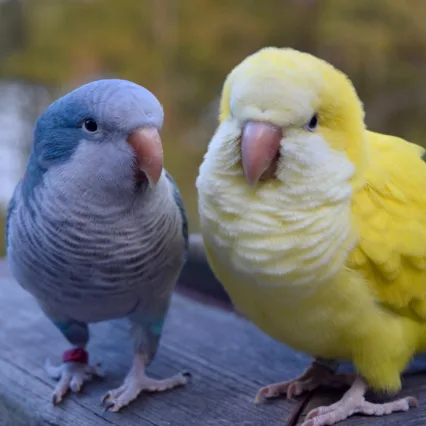 My Name is CHARLIE & BEA, Male & Female Quaker Bird. 20% Off Today – Don’t Miss Out!
My Name is CHARLIE & BEA, Male & Female Quaker Bird. 20% Off Today – Don’t Miss Out!$1,000.00Original price was: $1,000.00.$800.00Current price is: $800.00. -
 My Name is BUDDY & PICKLES, Male & Female Parakeets. 20% Off Today – Don’t Miss Out!$300.00
My Name is BUDDY & PICKLES, Male & Female Parakeets. 20% Off Today – Don’t Miss Out!$300.00
Key Takeaways
- The unique red feathers of the red cockatoo bird, a subspecies of parrots, serve as a distinguishable feature, aiding in their recognition and survival.
- The distinctive crest of the red cockatoo bird not only adds to its beauty but also plays a role in communication and social interactions.
- Understanding the intelligent mimicking abilities of red cockatoo birds can enhance appreciation for their cognitive skills and adaptability.
- The social behavior of red cockatoo birds highlights the importance of companionship and group dynamics in their daily lives.
- Loud vocalizations are a key aspect of communication for red cockatoo parrots, showcasing their expressive nature and signaling mechanisms.
- Lifelong monogamy in red cockatoo birds underscores their commitment to their partners and the significance of pair bonding in their species.
Unique red feathers
The scarlet macaw, like other parrots, stands out with its vibrant red panels on the tail, a striking feature that distinguishes it among exotic birds. These red feathers are particularly notable as they adorn the bird’s plumage, creating a captivating sight. In this species, the intensity of the red coloration is more pronounced in adult males, adding to their allure. The contrast of red against a white background further accentuates the beauty of these birds.
- Red feathers are a key characteristic of this species
- Prominently displayed on the tail
- Adult males showcase more intense red hues
The scarlet macaw‘s unique appearance makes it a popular choice among bird enthusiasts and photographers seeking to capture the elegance of these magnificent creatures.
Distinctive crest
The red cockatoo bird is known for its striking black crest, a prominent physical feature that adds to the bird’s unique appearance. This vector illustration EPS showcases the bird’s captivating crest, making it instantly recognizable. The crest, over time, has evolved as a key identifier of this species, setting it apart from other birds in the wild. Hand-drawn illustrations often emphasize this distinguishing trait, highlighting the intricate details and beauty of the red cockatoo’s crest.
- The black crest sets the red cockatoo apart
- Evolved over time as a key identifier
- Hand-drawn illustrations capture the intricate details
Intelligent mimics
Red cockatoo birds, such as the Major Mitchell and Ara macao, are renowned for their exceptional mimicry skills. They can accurately imitate a wide range of sounds and vocalizations, showcasing their high levels of intelligence. These birds often use their mimicry abilities for communication and social interactions, adding depth to their interactions with other birds and even humans.
- Capable of mimicking various sounds
- Demonstrates intelligence through mimicry
- Utilizes mimicry for communication purposes
These intelligent cockatoo species stand out in the avian world for their unique ability to replicate sounds with precision, making them fascinating subjects for study and observation.
Social behavior
Red cockatoo birds engage in complex social interactions within flocks, showcasing their highly developed social behavior. They form strong social bonds with other cockatoos, which are essential for their survival in the wild. These birds rely on their social connections to navigate their environment effectively and ensure access to crucial resources such as food and water.
The social behavior of red cockatoos is particularly fascinating as they exhibit intricate communication patterns, including distinct contact calls that help maintain group cohesion. In different areas, these birds demonstrate unique social structures that contribute to their adaptability and success in various environments. Understanding the meaning behind their social interactions sheds light on how these birds thrive in diverse habitats across southern regions.
Loud vocalizations
The red cockatoo bird is known for its loud and distinctive calls, which play a crucial role in its communication within noisy flocks. These vocalizations are not just random sounds but are used for territory marking as well. The species’ behavior revolves around these loud calls, making them a defining characteristic of the bird.
In the wild, these cockatoo species can be heard from afar, especially in open country where their calls echo through the landscape. The variation in their calls adds to the complexity of their communication system, with each call pattern serving a specific purpose.
The bill structure of the red cockatoo enables it to produce such loud sounds, allowing them to be heard over long distances. This unique feature helps them thrive in their natural habitat and maintain social bonds within their flocks effectively.
Lifelong monogamy
Red cockatoo birds exhibit lifelong monogamy, forming enduring pair bonds with a single mate. This behavior showcases their remarkable dedication and commitment to their partners. Such strong emotional connections play a crucial role in the species’ reproductive success, ensuring stability and support for raising offspring.
Sexual maturity is a significant factor influencing the establishment of these lifelong partnerships. Once red cockatoos reach sexual maturity, typically around 4-7 years old, they actively seek out a mate with whom they will spend the rest of their lives. This commitment to a single partner helps in creating a stable environment for breeding and nurturing young ones.
The unique trait of lifelong monogamy in red cockatoos highlights their social complexity and emotional depth, setting them apart from many other bird species.
Long lifespan
The red cockatoo bird boasts a remarkable feature of longevity. In the wild, these birds can live for several decades, showcasing their resilience and adaptability. This species’ ability to thrive for extended periods is truly exceptional. Interestingly, when in captivity, red cockatoos have been known to live even longer than their wild counterparts, adding to their mystique and allure. The long lifespan of these birds is a key characteristic that sets them apart from other avian species. With such impressive longevity, red cockatoos continue to fascinate and intrigue bird enthusiasts worldwide.
Seed diet
Red cockatoos primarily rely on seeds for their diet, showcasing a unique adaptation to their habitats. This seed-eating behavior is crucial for their survival in the wild. Their specialized digestive system allows them to efficiently extract nutrients from a variety of seeds, making it a vital aspect of their feeding habits.
- The species’ preference for seeds highlights its specialization in utilizing specific food sources available in its environment.
- Red cockatoos demonstrate remarkable abilities to locate and consume various types of seeds, showcasing their adaptability to different food supply conditions in the wild.
Nesting habits
Red cockatoo birds have unique nesting habits that are crucial for their breeding success. They prefer to nest in tree cavities, selecting trees with large diameters to accommodate their nests. These nesting hollows serve as a safe haven for the birds to raise their nestlings.
The choice of nesting sites is a critical aspect of the red cockatoo’s life cycle, influencing their ability to successfully breed and rear their young. Understanding their preference for specific habitats and nesting locations is essential for conservation efforts aimed at protecting these magnificent birds.
Endangered species
The red-tailed black cockatoo, a conspicuous species of parrot, faces endangerment primarily due to habitat loss and fragmentation. As an omnivore, it plays a crucial role in the ecosystem by feeding on insects and agricultural pests, contributing to pest control. Classified under the biodiversity conservation act, this bird species is vital for maintaining biodiversity in forests. Conservation efforts are imperative to safeguard the dwindling populations of these majestic birds from various predators like galahs.
- The red-tailed black cockatoo, scientifically known as Calyptorhynchus banksii, thrives in forest habitats rich in nuts.
- Deforestation poses a severe threat to their environment, leading to a decline in their numbers.
- Protecting these birds not only preserves their species but also ensures the health of forest ecosystems.
Summary
You’ve learned about the fascinating red cockatoo bird, from its unique red feathers and distinctive crest to its intelligent mimics and social behavior. These birds are not only known for their loud vocalizations but also for their lifelong monogamy and impressive long lifespan. Their seed diet and nesting habits play crucial roles in their survival, especially as an endangered species.
Consider supporting conservation efforts to protect these magnificent creatures. By raising awareness about the red cockatoo bird’s plight, you can contribute to preserving their habitat and ensuring a future where they continue to thrive in the wild.
Frequently Asked Questions
What makes the red cockatoo bird’s feathers unique?
The red cockatoo bird boasts distinctive red feathers that set it apart from other species. These vibrant plumages not only serve as a visual delight but also play a crucial role in attracting mates and signaling health within the flock.
How does the red cockatoo bird exhibit its intelligent mimicking abilities?
Known for their intelligence, red cockatoos are adept mimics, capable of imitating various sounds they encounter in their environment. This skill not only aids in communication within the flock but also helps them adapt to changing circumstances in the wild.
What social behaviors are commonly observed in red cockatoo birds?
Red cockatoos exhibit strong social bonds within their flocks, engaging in activities such as grooming, playing, and foraging together. This social behavior not only fosters cooperation but also enhances their overall well-being and survival in their natural habitat.
Why are loud vocalizations important for red cockatoo birds?
Loud vocalizations play a vital role in communication among red cockatoos, helping them convey messages related to territory defense, mating calls, and warnings about potential threats. These vocal signals are crucial for maintaining cohesion within the flock and ensuring effective coordination during various activities.
How does lifelong monogamy benefit the red cockatoo bird species?
Lifelong monogamy among red cockatoos promotes strong pair bonds between mates, enhancing reproductive success and offspring care. This commitment ensures stability within the flock and contributes to the long-term survival of the species by fostering a nurturing environment for raising young birds.
Tags
What do you think?
Related Articles
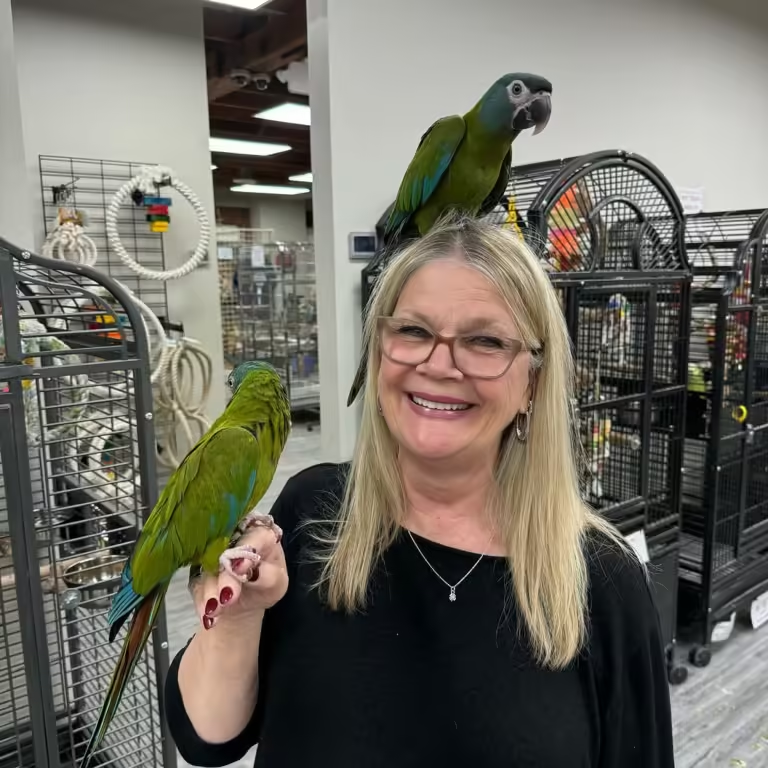
Find Parrots for Sale in Aurora IL: Top 5 Must-Visit Spots
Finding the perfect parrot in Aurora, IL, is an exciting adventure for bird lovers. This city offers various options for
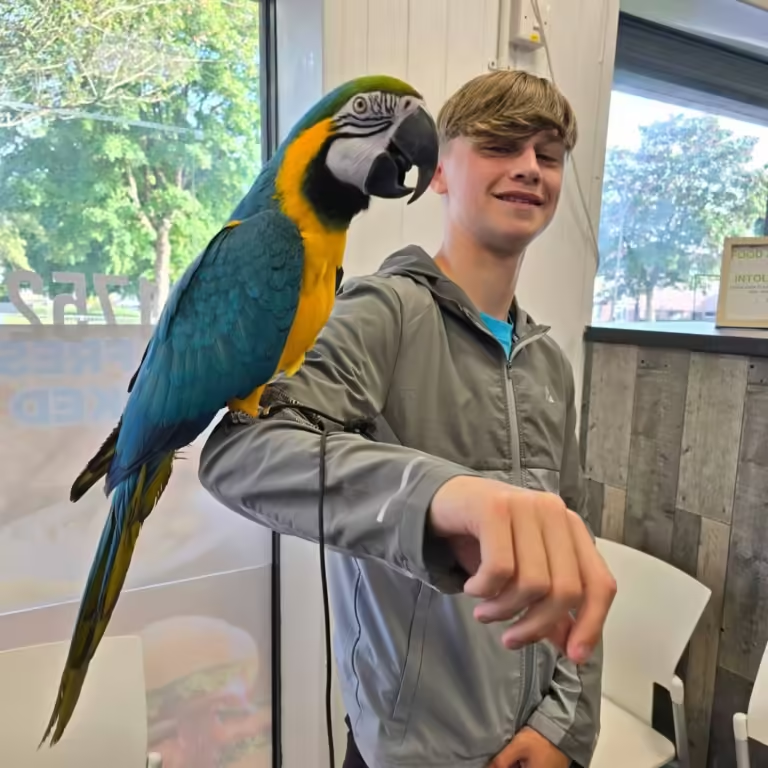
Find Parrots for Sale in Trenton NJ: Top 5 Must-See Spots!
Finding the perfect parrot can be a fun adventure. Trenton, NJ, offers plenty of options for bird lovers. From local
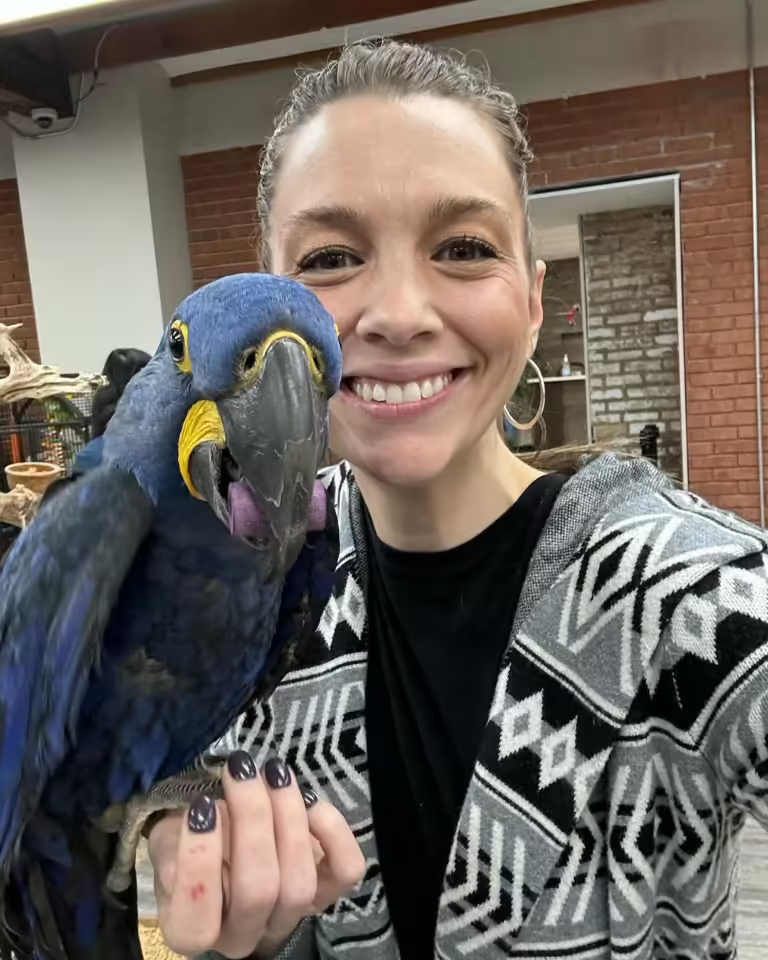
Find Parrots for Sale in Woodbridge Township NJ: Top 5 Must-See Spots!
Finding the perfect parrot can be a fun adventure. Woodbridge Township, NJ offers plenty of options for bird lovers. From

